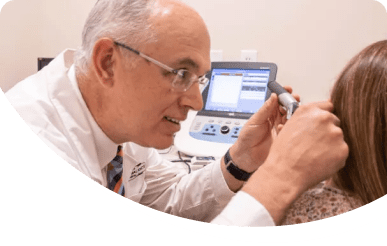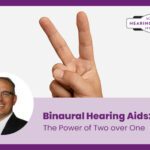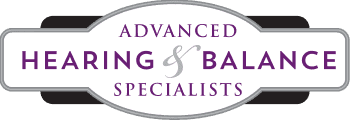Hearing aids are a vital investment for those who are suffering from hearing loss. Ensuring optimal performance for these devices requires regular cleaning and maintenance. Just like you would care for any valuable investment, maintaining your hearing aids can help extend their life and keep them working their best. In this article, we’ll provide a guide to properly cleaning and maintaining your hearing aids, as well as tips to ensure their optimal performance.
Preparing for hearing aid cleaning
Before diving into the cleaning process, it’s a good idea to familiarize yourself with the different parts and types of hearing aids. There are primarily three types of hearing aids: In-the-Ear (ITE), Behind-the-Ear (BTE), and Receiver-In-Canal (RIC). Each type requires specific care and attention, so it’s crucial to know your hearing aid model.
Make sure to have the necessary tools for cleaning your hearing aid. Common tools include a small cleaning brush, loop tool, wax guards, domes, audio wipes or a damp cloth, and batteries. Many of these tools are provided with your hearing aid when you purchase them, and they can also be purchased at any of our clinics throughout Southern Utah and Nevada.
Steps for cleaning and maintaining your hearing aids:
1. Wipe the entire device: Use an audio wipe or damp cloth to clean the entire hearing aid, including the earmold. This step helps remove debris from the hearing aid and keeps your earmold fresh.
2. Clean the microphone and other holes: Depending on the hearing aid model, gently brush the microphone cover or other small holes with your cleaning brush. Holding the device facing downward ensures that loose debris falls out instead of getting trapped inside.
3. Brush and use the loop tool: Continue to use the cleaning brush on the rest of the hearing aid, especially areas that go into your ear or where debris and wax are visible. For debris that cannot be brushed away, use the hook tool to gently remove anything deeper in the holes.
4. Replace wax guards: Visually inspect the area of your hearing aid that goes into your ear. If you see wax or notice a decrease in volume, it’s time to replace the wax guard. Keep in mind that the frequency of this step may vary depending on your wax accumulation.
5. Replace domes or clean earmolds: For RIC hearing aids, replace the dome when necessary due to wear or excessive wax buildup. For BTE hearing aids, remove the earmold and soak it in mild soapy water once a week, wiping them down daily. You may also want to use an air blower to force debris out of the earmold.
6. Check and replace batteries: For non-rechargeable hearing aids, check the battery’s status and replace them when needed. Remember to always leave the battery door open when you remove your hearing aids, so the device can air out and doesn’t drain the battery unnecessarily.
7. Consider using a dry caddy or dry dome: If you live in a humid environment or struggle with moisture in your hearing aids, consider using a dry caddy or dry dome to limit moisture exposure.
Routine professional cleaning and check-ups
In addition to at-home maintenance, it’s essential to schedule regular professional cleanings and check-ups with your hearing care provider. A recommended plan is to see your audiologist at least once every six months to ensure your hearing aids are functioning at their best.
Depending on your wax buildup and the time of year, you might need more frequent professional cleanings. It’s an especially good idea to get a check-up before taking your hearing aids on vacation to ensure your trip goes off without a hitch.
Audiologists in Utah and South Nevada
Taking proper care of your hearing aids can significantly impact their performance and longevity. By following the steps mentioned above and scheduling routine professional cleanings, you can ensure that your hearing aids function optimally and provide you with the best possible hearing experience.
If you’re ever unsure about cleaning your hearing aids or need further assistance, don’t hesitate to contact us at Advanced Hearing & Balance Specialists. We have 7 audiology clinics in Utah and South Nevada.
Our hearing experts are here to support you and help you get the most out of your hearing aids.







